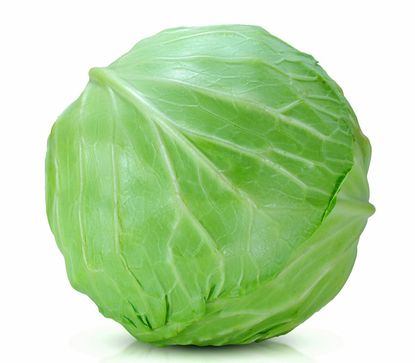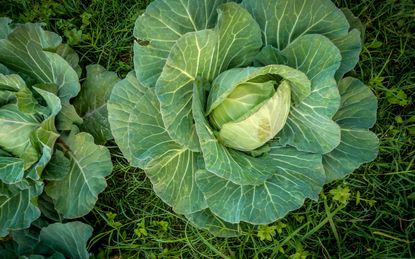Cabbage
When it comes to growing cabbages, it helps to be prepared. That said, here is some useful information on cabbage plant growing that should help you each step of the way. Keep reading for tips on how to care for cabbages in the garden as well as how to deal with cabbage pests and other issues affecting your cabbage plants.
-
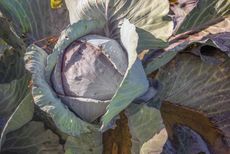
Integro Red Cabbage – How To Grow Integro Cabbage Plants
Red cabbage is colorful and nice for dressing up salads and other dishes; it also has unique nutritional value thanks to its deep purple color. A great hybrid variety to try is Integro red cabbage. For more information on the Integro cabbage variety, click here.
By Mary Ellen Ellis
-
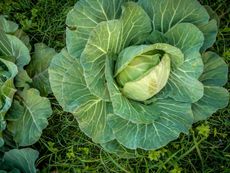
Farao Cabbage Variety – How To Grow Farao Cabbages
Cabbage can be grown in spring or fall, or even both for two harvests per year. The Farao hybrid variety is a green, early ballhead cabbage with a mild, yet, delicious flavor. For more information about the Farao cabbage hybrid variety, click the following article.
By Mary Ellen Ellis
-
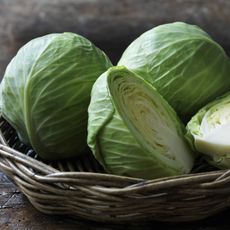
Cabbage Storage Tips: What To Do With Cabbages After Harvest
By Laura Miller
-
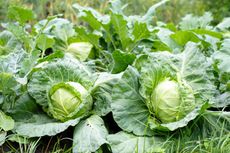
Feeding Cabbage Plants: When And How To Fertilize Cabbage Correctly
Perhaps you've heard cabbage is a heavy feeder. When growing cabbage, adequate amounts of nutrients are necessary to produce large heads with healthy leaves. Knowing how to fertilize cabbage is the key to a successful crop. This article will help with that.
By Laura Miller
-
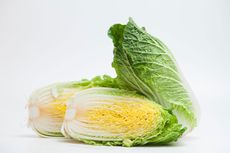
Bilko Chinese Cabbage: Tips For Growing Bilko Cabbages
Napa cabbage is the best-known variety of the Chinese cabbages with large, full-size heads and good disease resistance. The oblong heads have pale green, crinkly outer leaves with creamy yellow inside. The Bilko cabbage variety is a good type of Napa to grow. Learn more here.
By Susan Albert
-
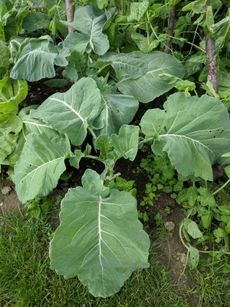
What Is Portuguese Cabbage: Portuguese Cabbage Planting And Uses
Whether you call them Portuguese cabbages or Portuguese kale plants, this leafy green crop is still the most popular vegetable in Portugal. For more information about the Portuguese cabbage variety and tips on growing it yourself, click the following article.
By Teo Spengler
-
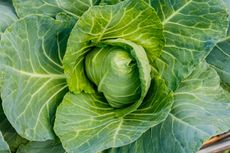
Storage No. 4 Cabbage Care – Growing Storage No. 4 Cabbages
There are a number of storage cabbage varieties, but the Storage No. 4 cabbage plant is a perennial favorite. It is true to its name and holds up well into early spring under proper conditions. If you are interested in growing this cabbage variety, click here for more info.
By Amy Grant
-
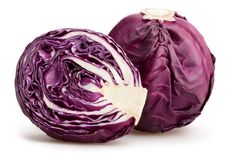
What Is Ruby Ball Cabbage: Tips For Growing Ruby Ball Cabbages
Red cabbage is a versatile and easy to grow vegetable. Ruby Ball purple cabbage is a great variety to try. It has a nice, sweet flavor and will stand in the garden for weeks without splitting, so you don’t have to harvest it all at once. For more information, click the following article.
By Mary Ellen Ellis
-
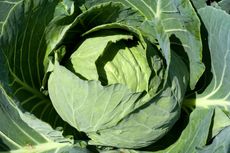
Kaitlin F1 Cabbage Info – Tips For Growing Kaitlin Cabbage Plants
Kaitlin F1 cabbage is a mid-season variety with medium sized heads and leaves that are dry in comparison to other cabbages. The heads also have a long storage life. If these traits appeal to you, try growing Kaitlin cabbage in your vegetable garden. Learn more here.
By Bonnie L. Grant
-
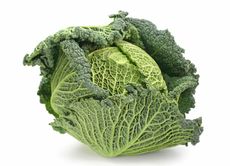
Savoy Express Cabbage Variety – Planting Savoy Express Seeds
Plants like cabbages require quite a bit of space and a long growing season to truly thrive. Luckily, smaller and more compact varieties have been developed for those with little space. Savoy Express cabbage is one example to try. Click here to learn more.
By Tonya Barnett
-
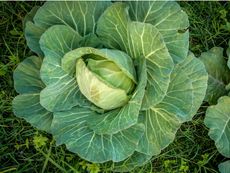
Copenhagen Market Early Cabbage: Tips For Growing Copenhagen Market Cabbage
One of the most versatile vegetables featured in many cuisines is cabbage. It’s easy to grow and may be planted for an early summer crop or a fall harvest. Copenhagen Market early cabbage matures in as little as 65 days, so you can enjoy it sooner. Learn more here.
By Bonnie L. Grant
-
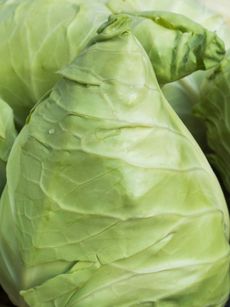
What Is Caraflex Cabbage: Growing Caraflex Cabbage Heads
Caraflex hybrid cabbage is a small cabbage, weighing less than two pounds (1 kg.) and has an unusual, somewhat pointed shape. This cabbage is somewhat sweeter than others and easy to grow too. For more information on the Caraflex cabbage variety, click here.
By Mary H. Dyer
-
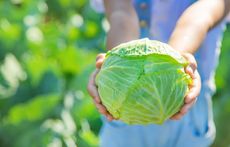
Golden Cross Mini Cabbage: Tips For Growing Golden Cross Cabbages
You may have limited growing space or just want an early variety, either way, Golden Cross cabbage plants are one you should be considering. This green hybrid cabbage is miniature, allowing for closer spacing and even container growing. To learn more, click here.
By Mary Ellen Ellis
-
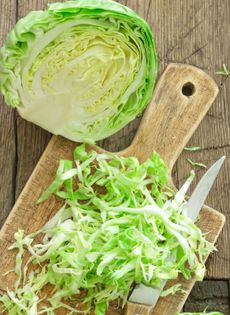
Tendersweet Cabbage Plants – How To Grow Tendersweet Cabbages
Tendersweet cabbage is just what its name suggests, plants producing tender, sweet leaves perfect for stir-fries or coleslaw. Tendersweet cabbage can handle frost but not hot weather so, it’s best to get started in early spring. To learn more about Tendersweet cabbage, click here.
By Mary H. Dyer
-
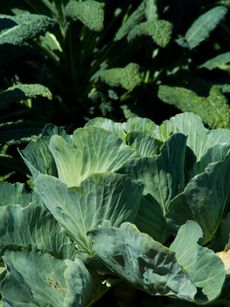
Parel Hybrid Cabbage – Growing Parel Cabbages
There are a lot of great hybrid cabbage varieties to try for your vegetable garden. One is the Parel cabbage. What makes the Parel hybrid variety special is its compact form, split resistance, and short maturity time. It is also easy to grow. Click here to learn more.
By Mary Ellen Ellis
-
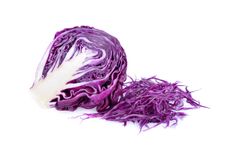
Red Express Cabbage Info – Growing Red Express Cabbage Plants
If you love cabbage but live in a region with a short growing season, it’s time to try growing Red Express cabbage. These red cabbages are perfect for your favorite coleslaw recipe. To learn more information on how to grow this cabbage variety, click here.
By Amy Grant
-
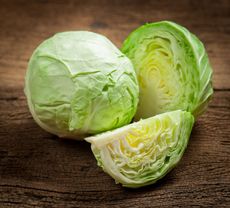
Capture F1 Cabbage – How To Grow A Capture Cabbage Plant
Capture cabbage is a hardy, vigorous grower valued for its resistance to many pests and diseases. To learn more about growing Capture cabbages with helpful tips on cabbage care, click on the following article.
By Mary H. Dyer
